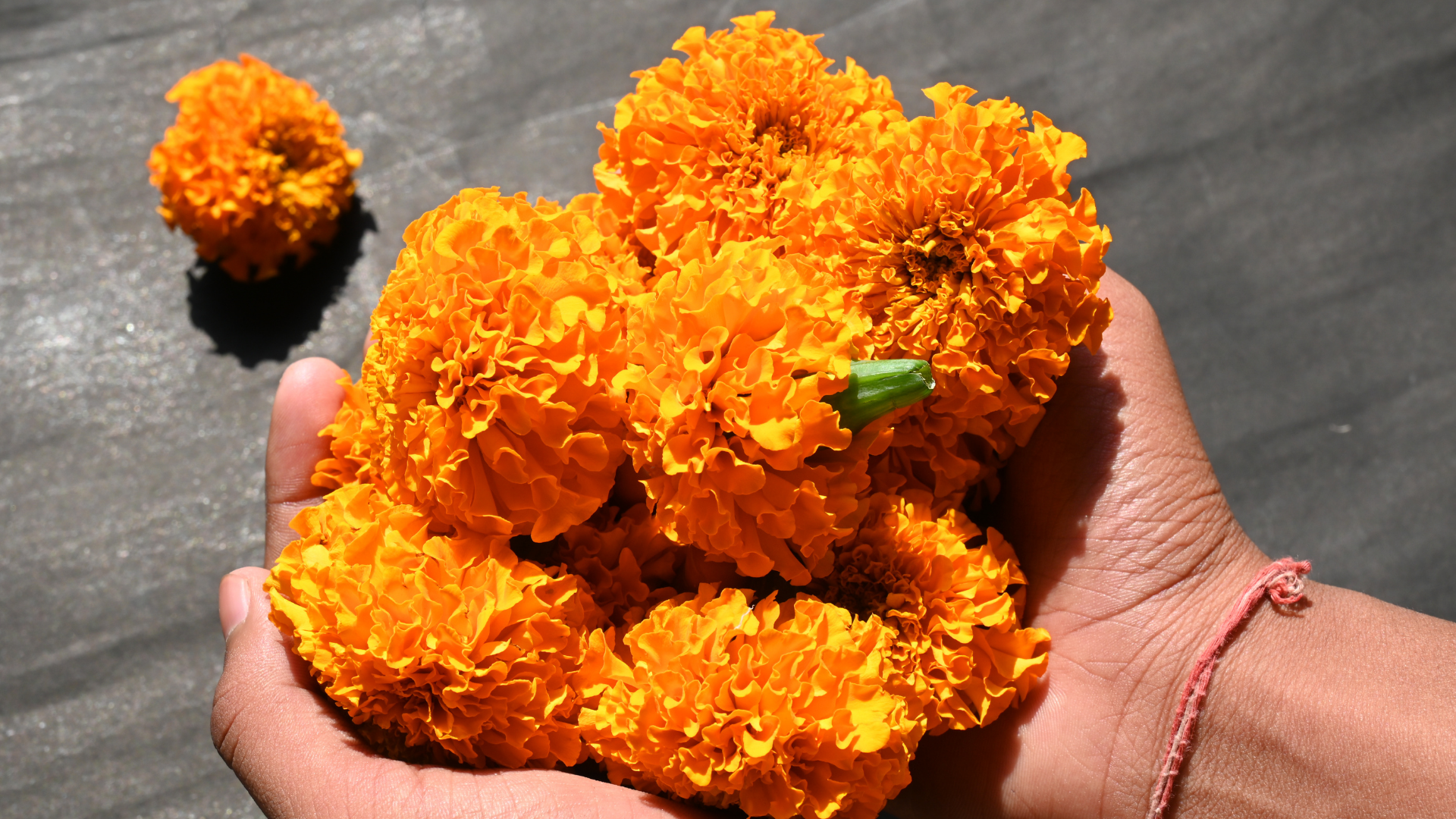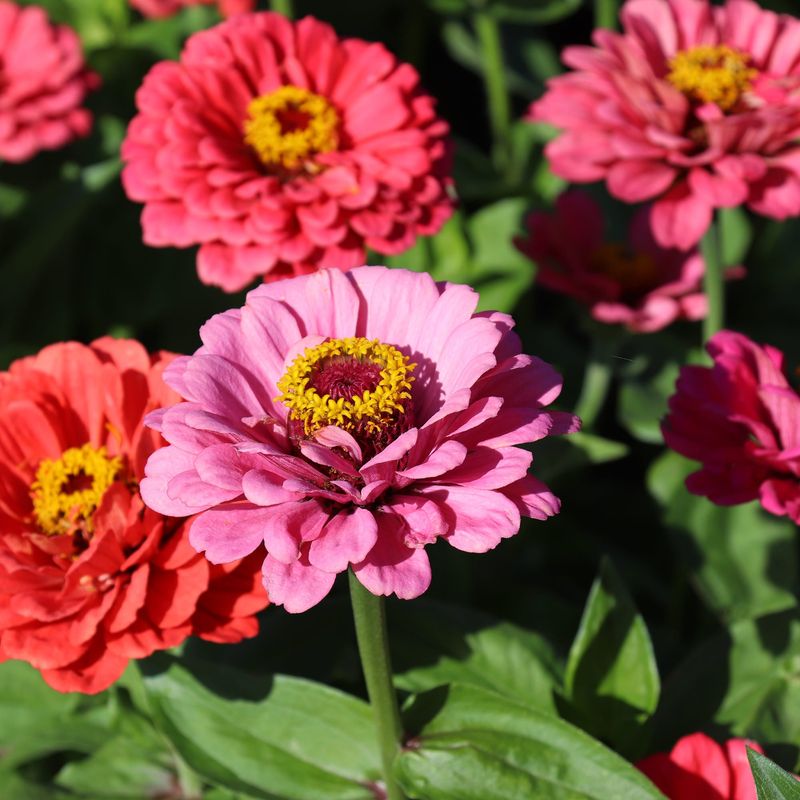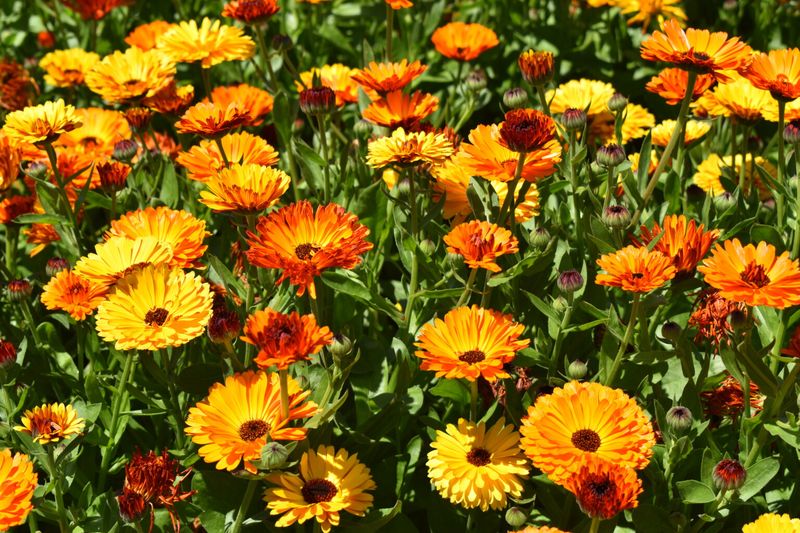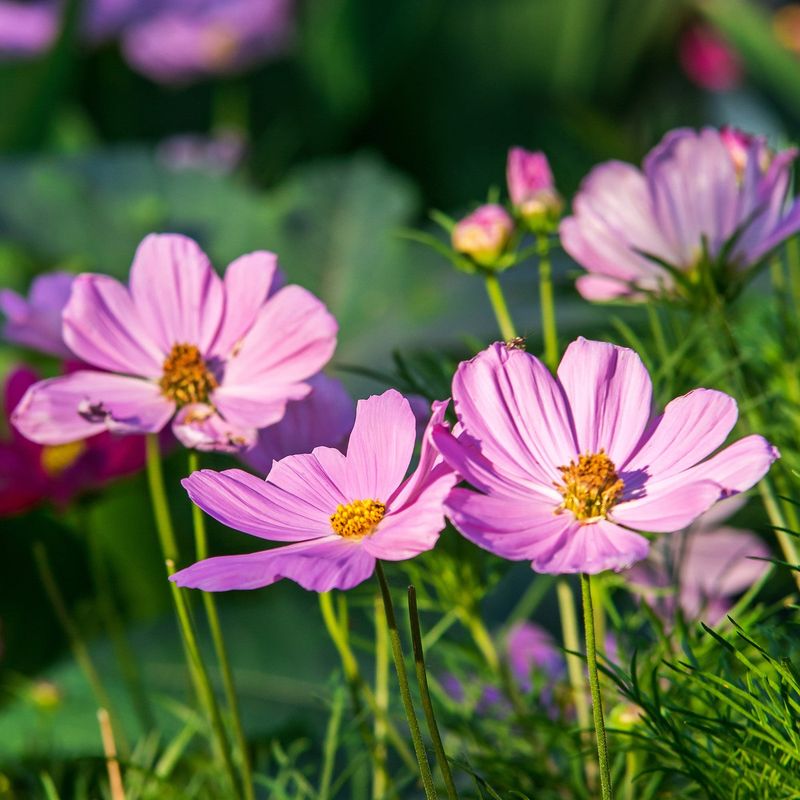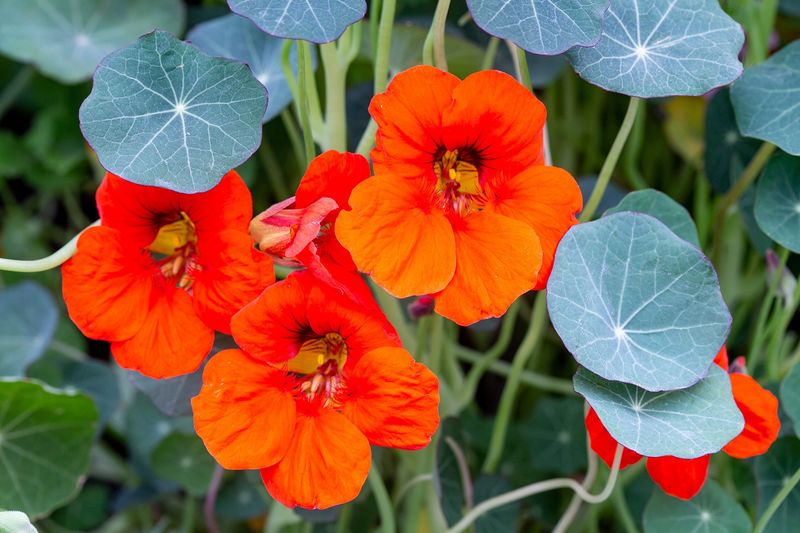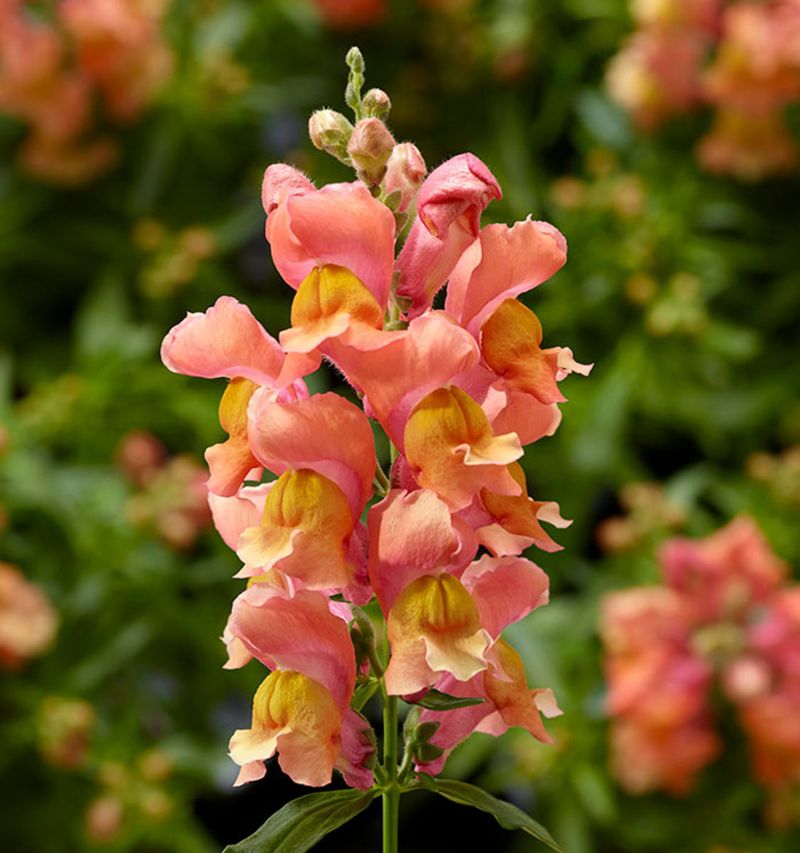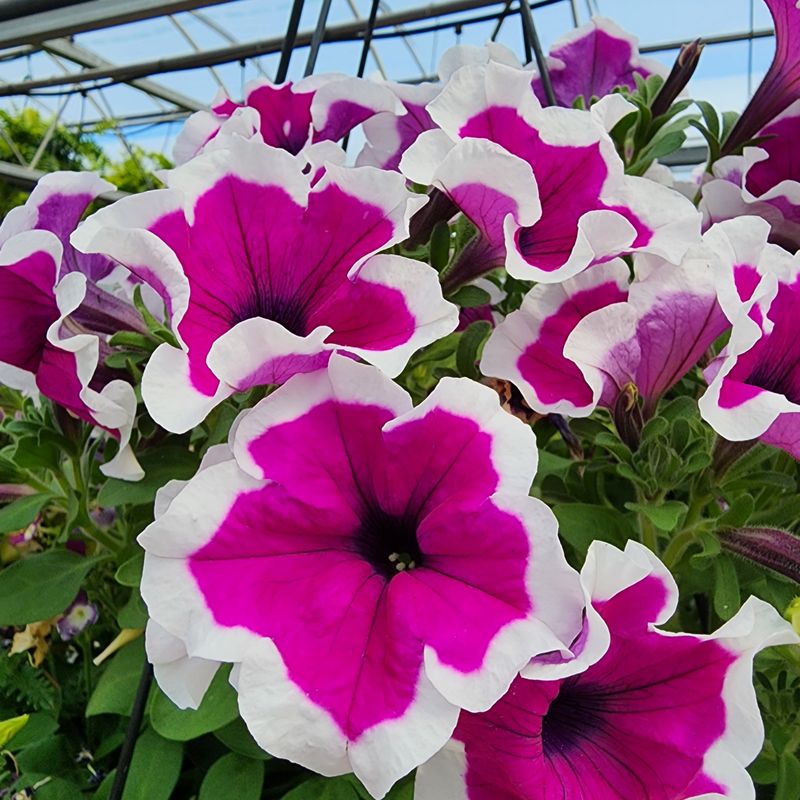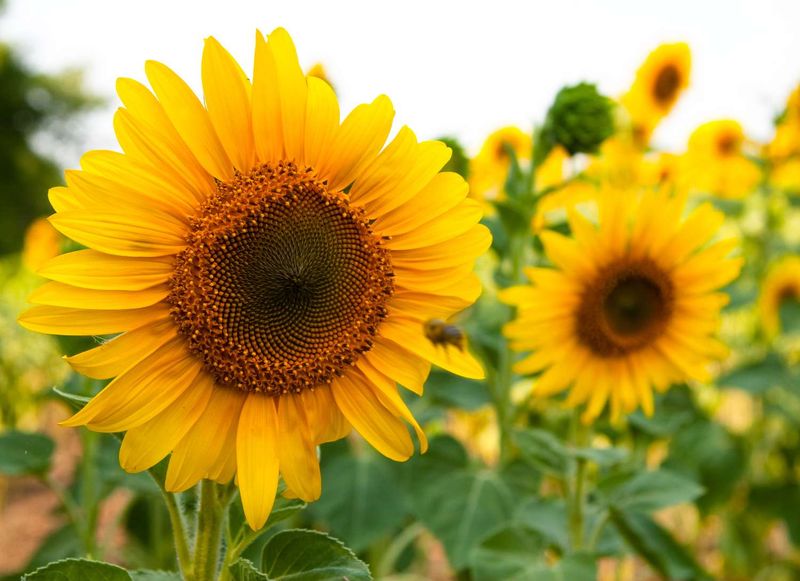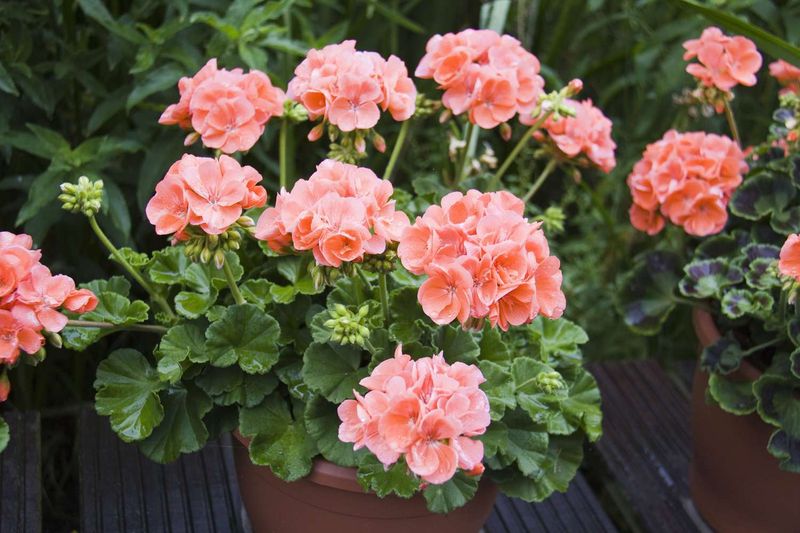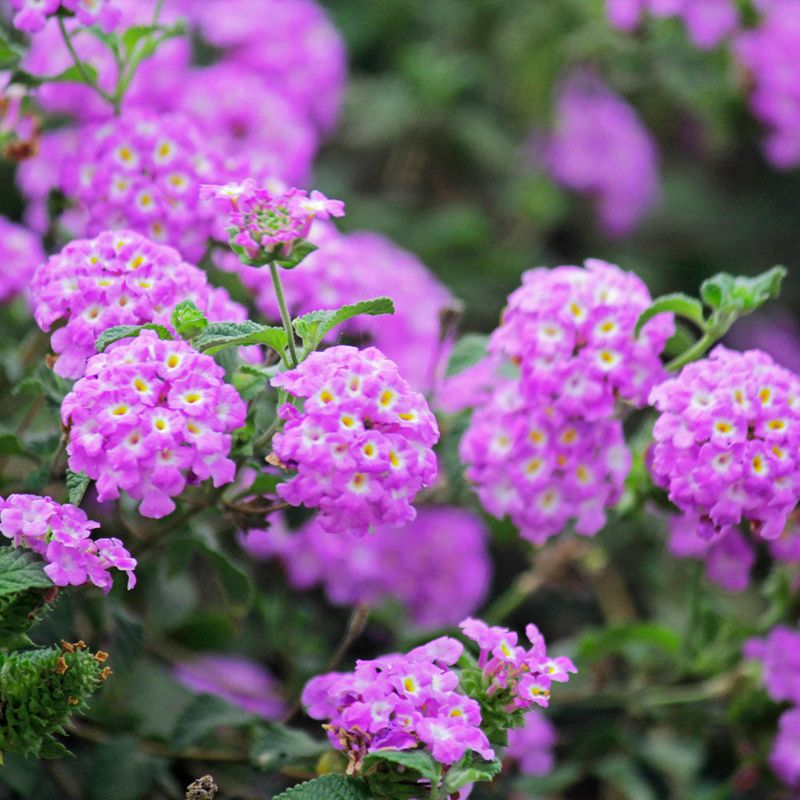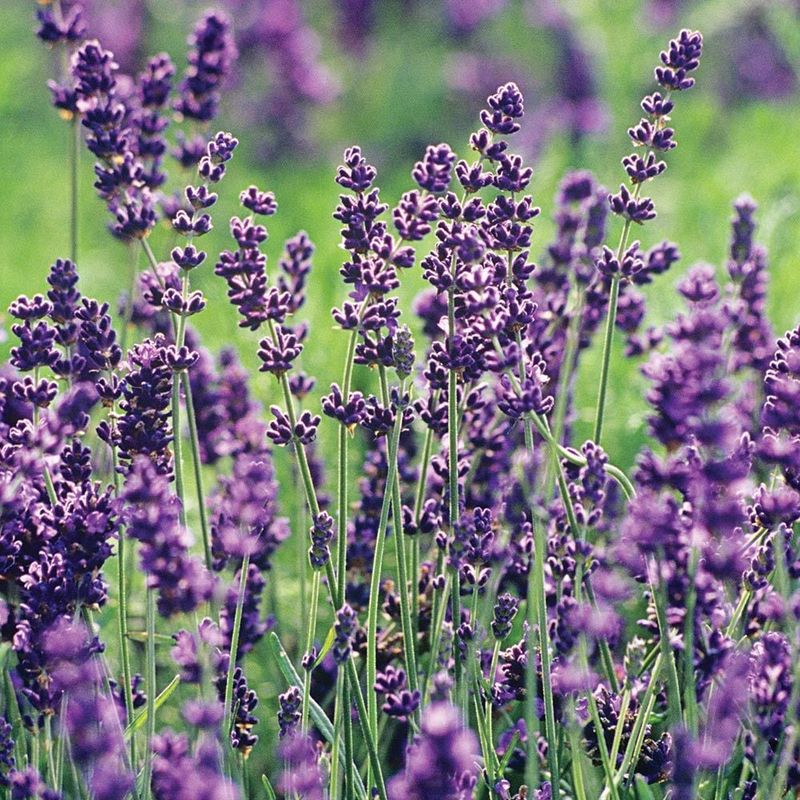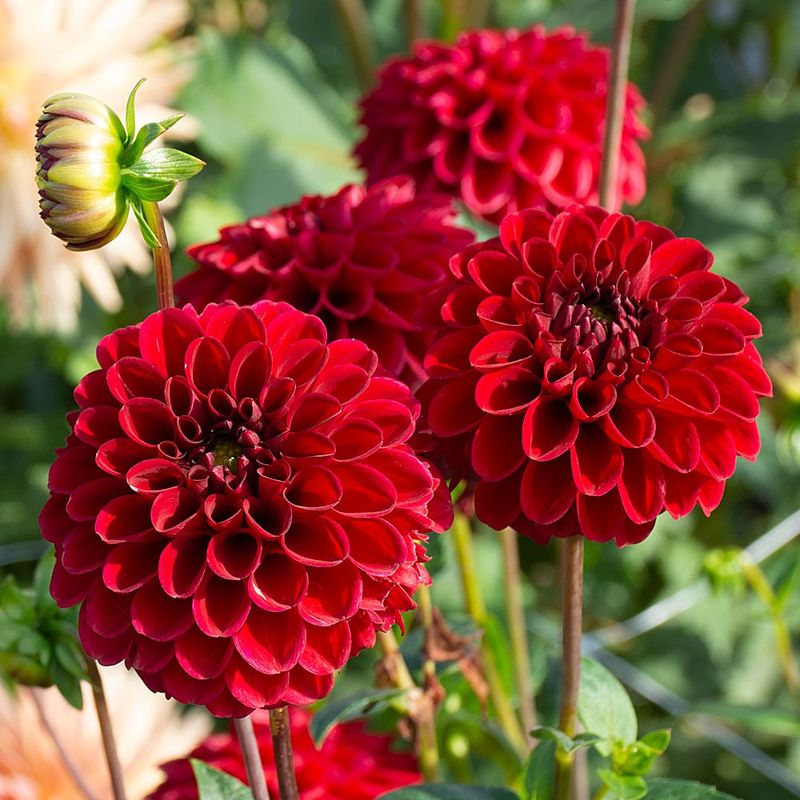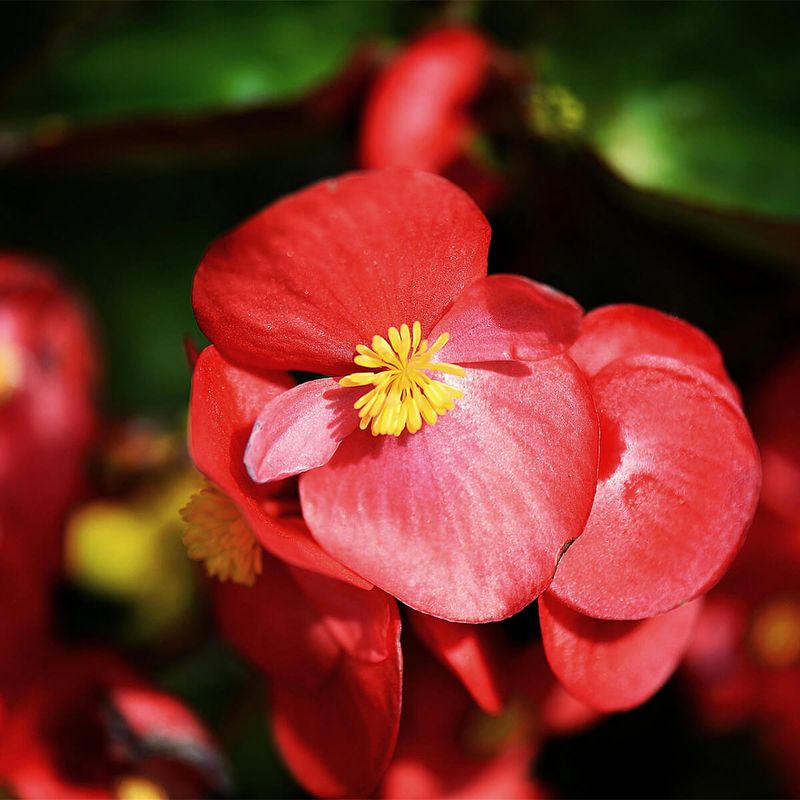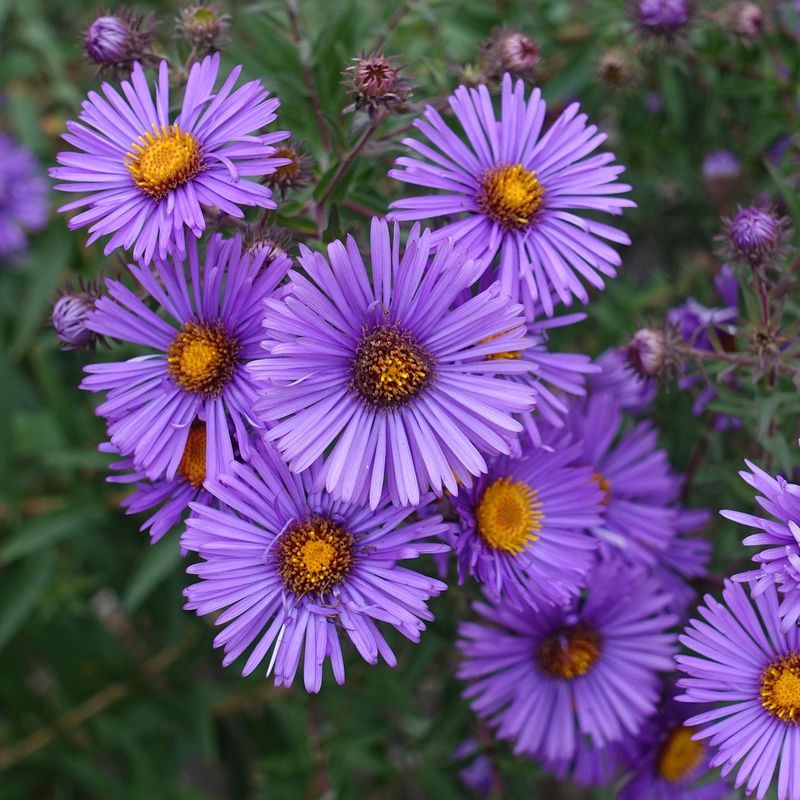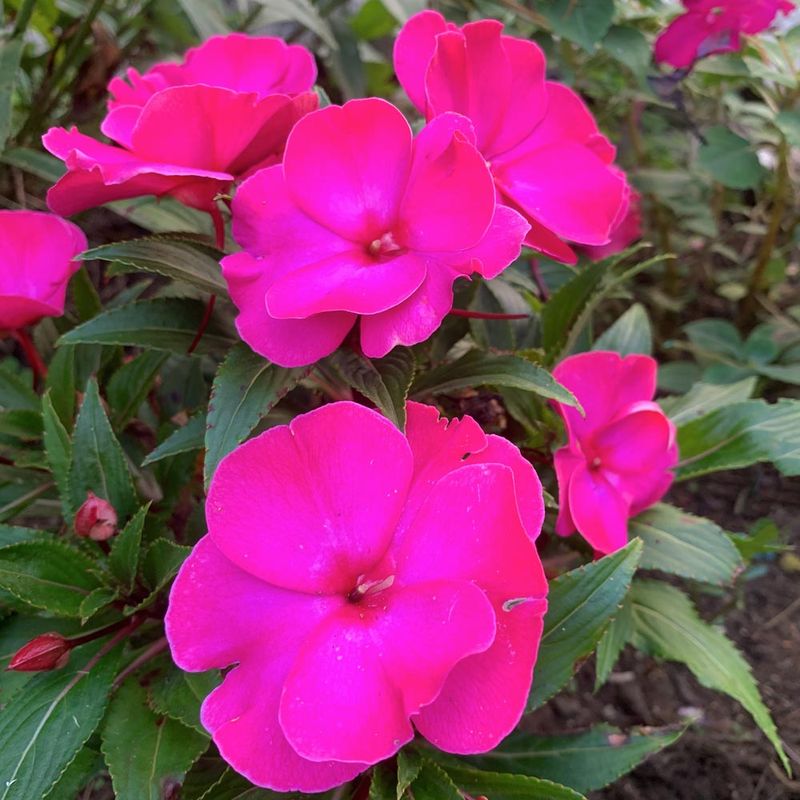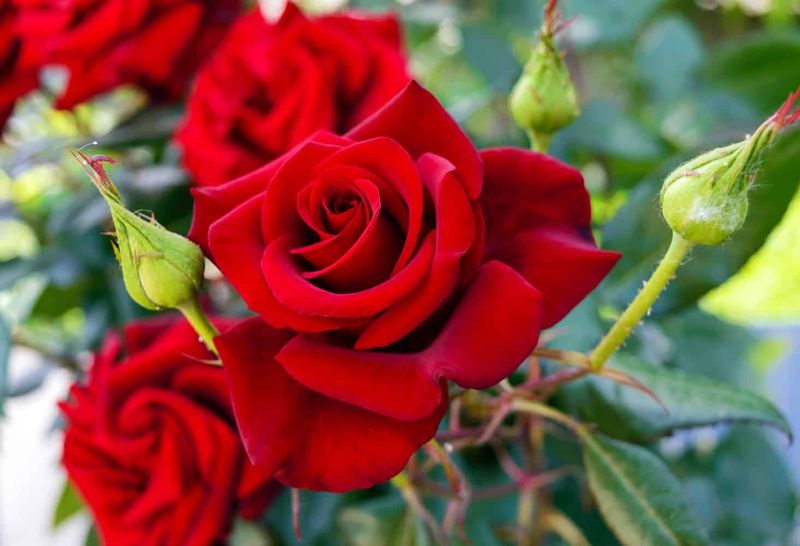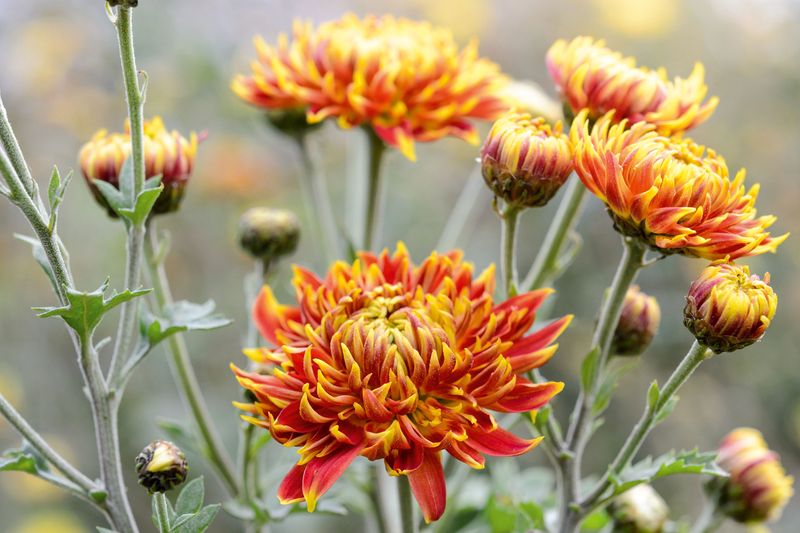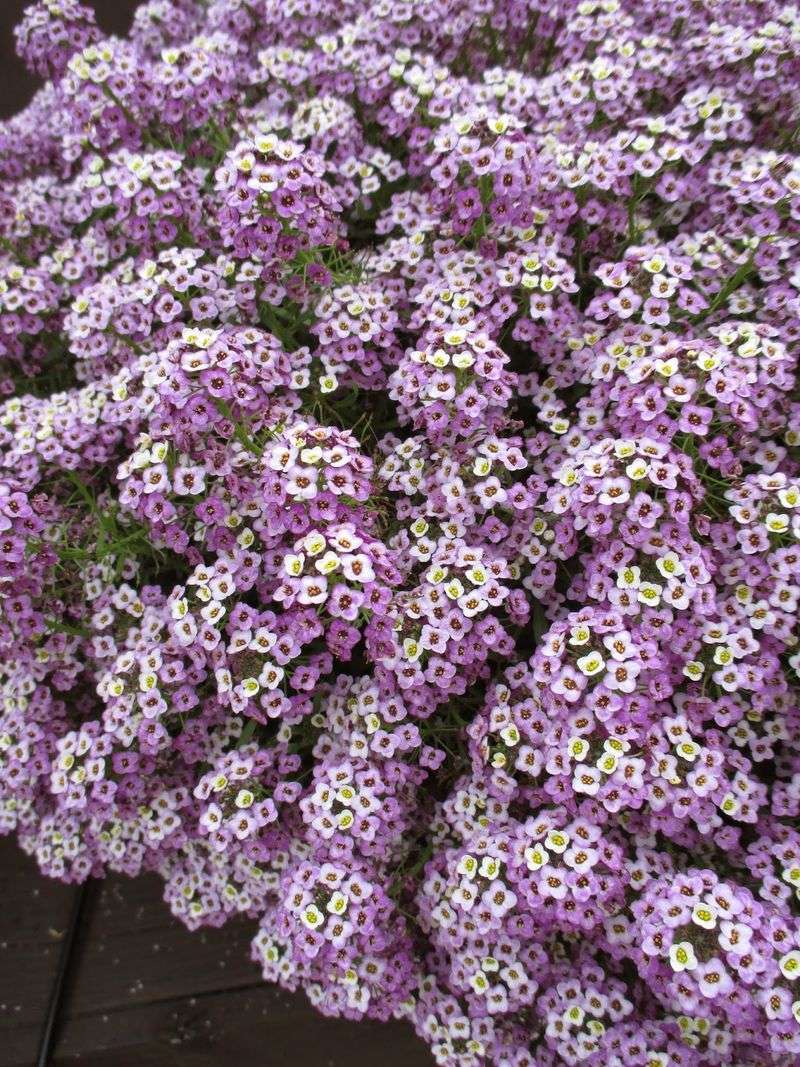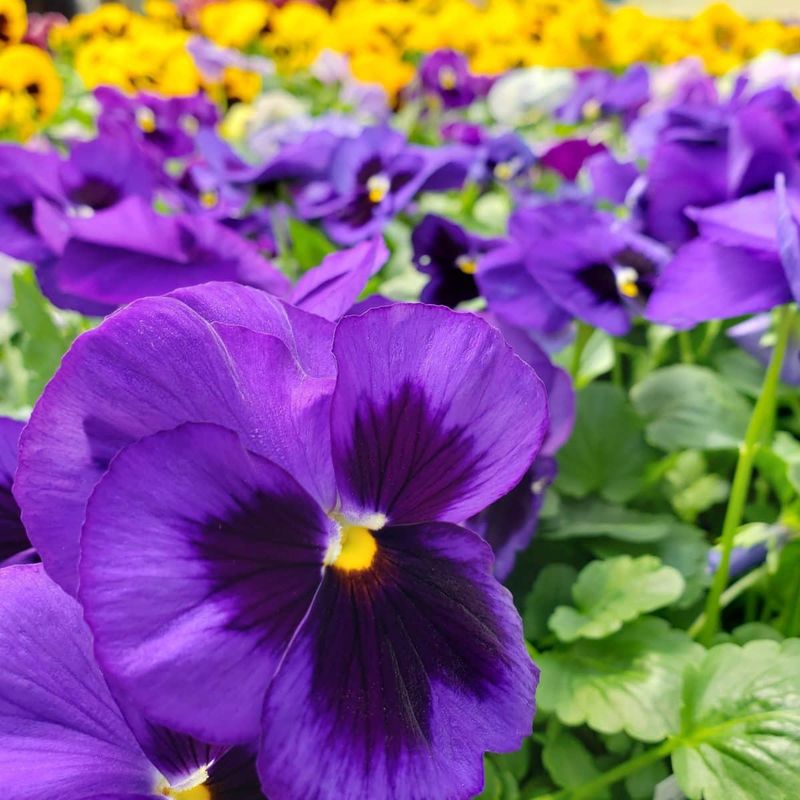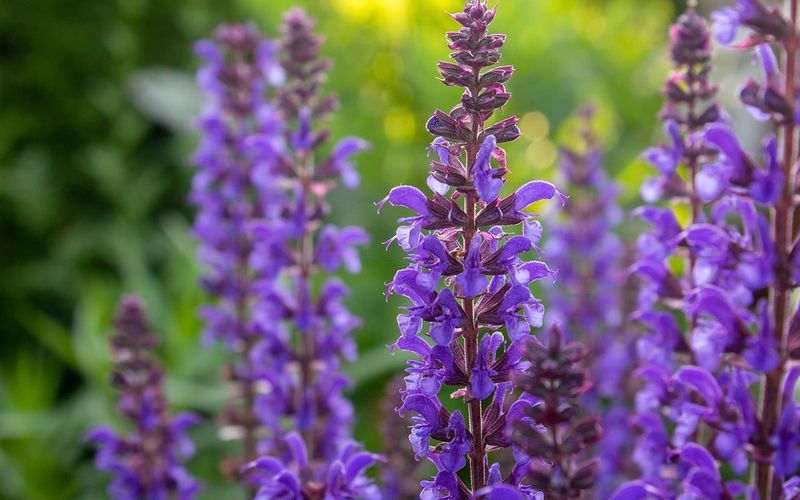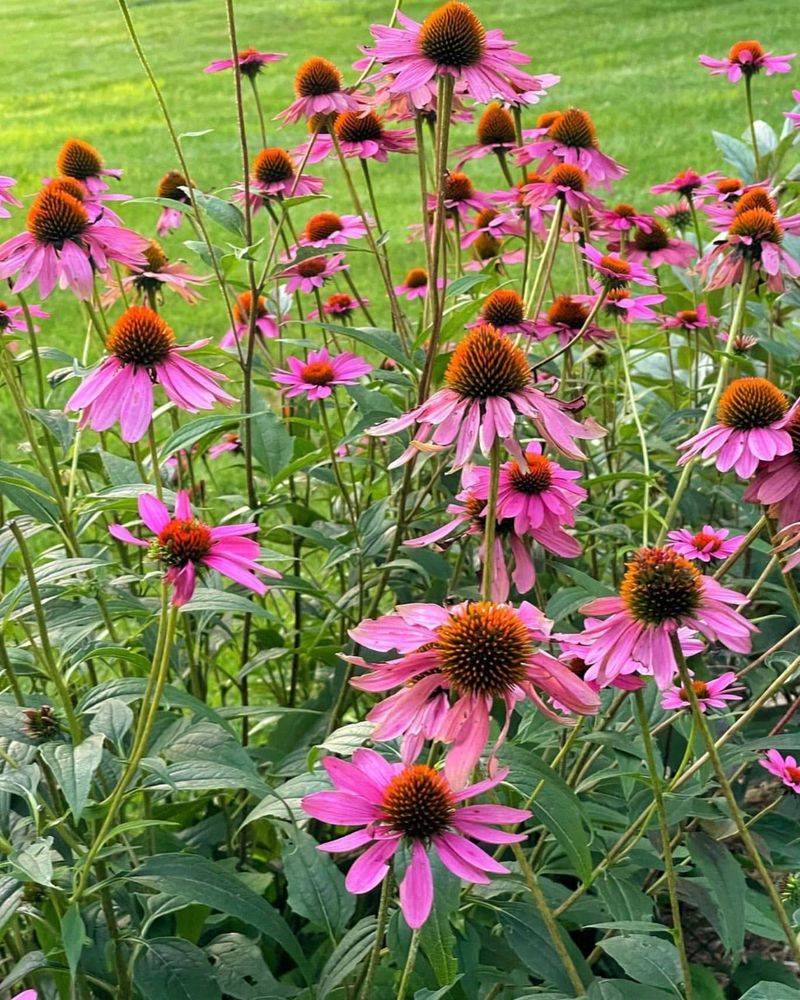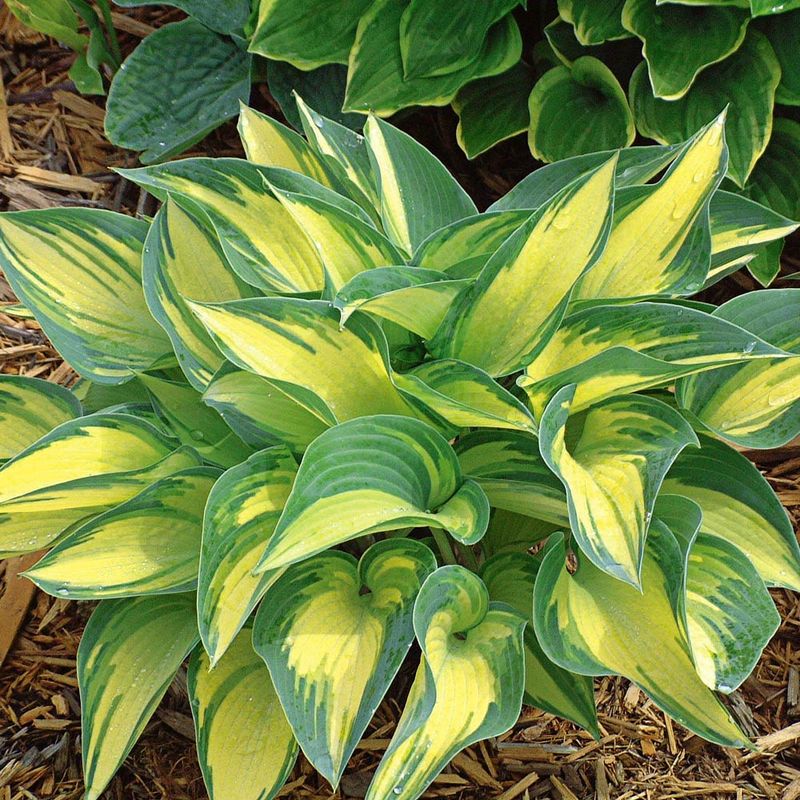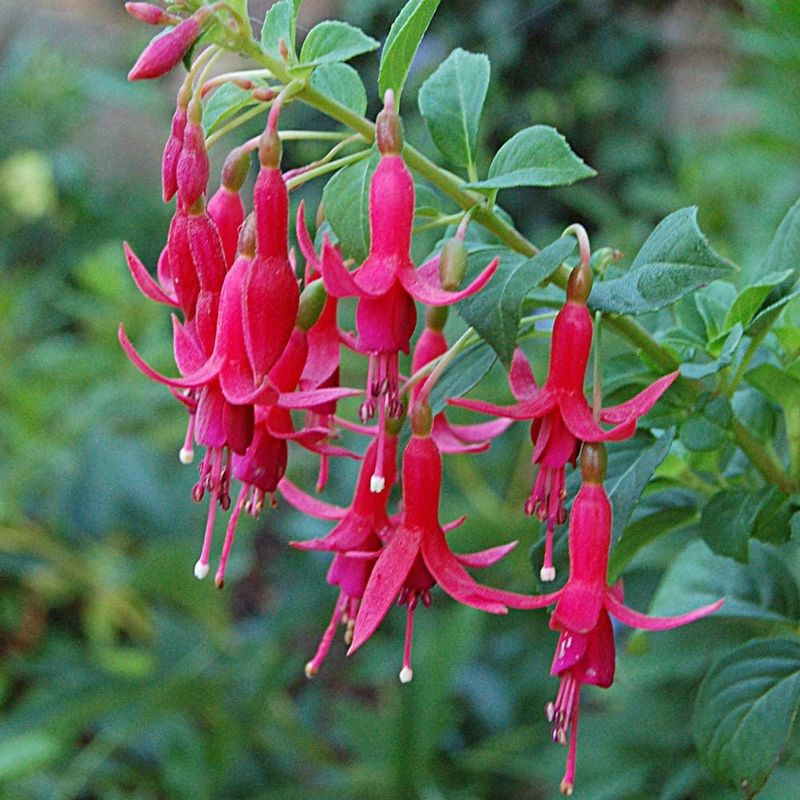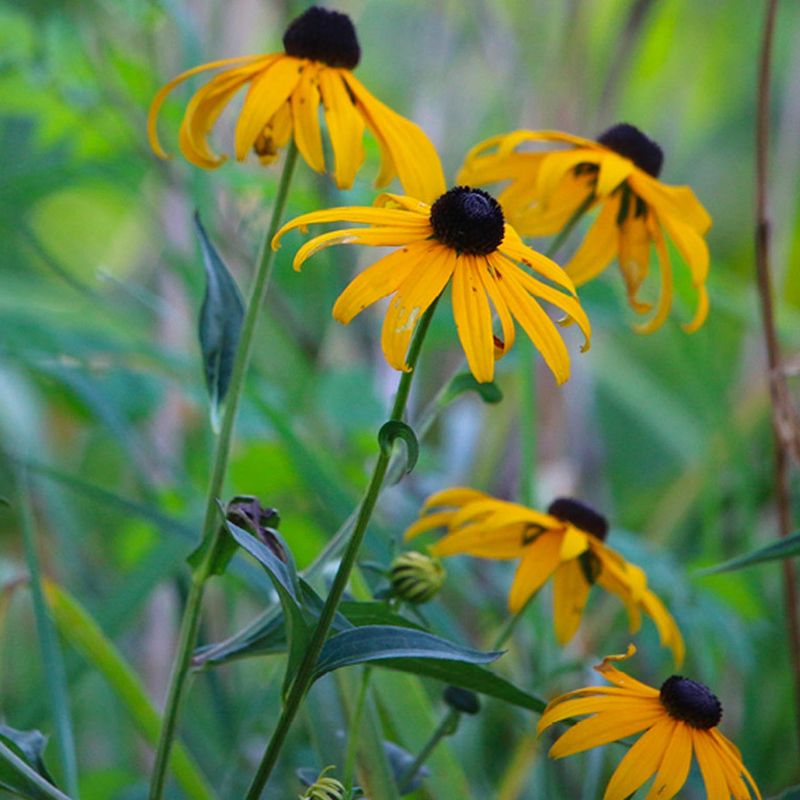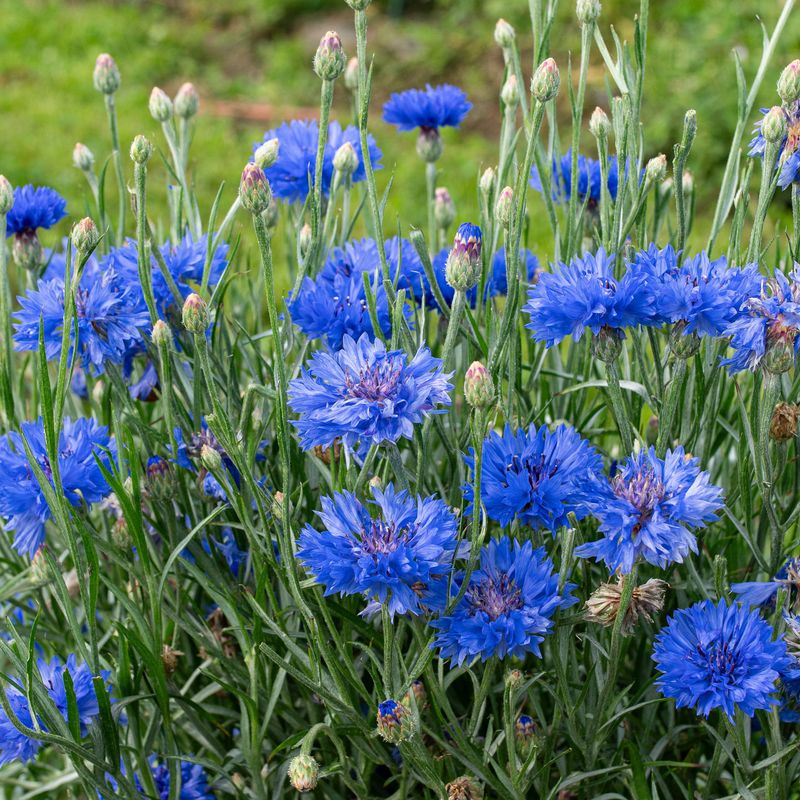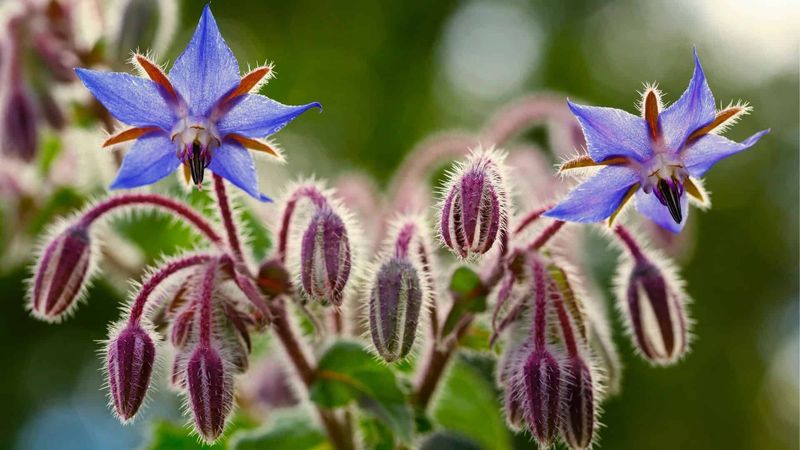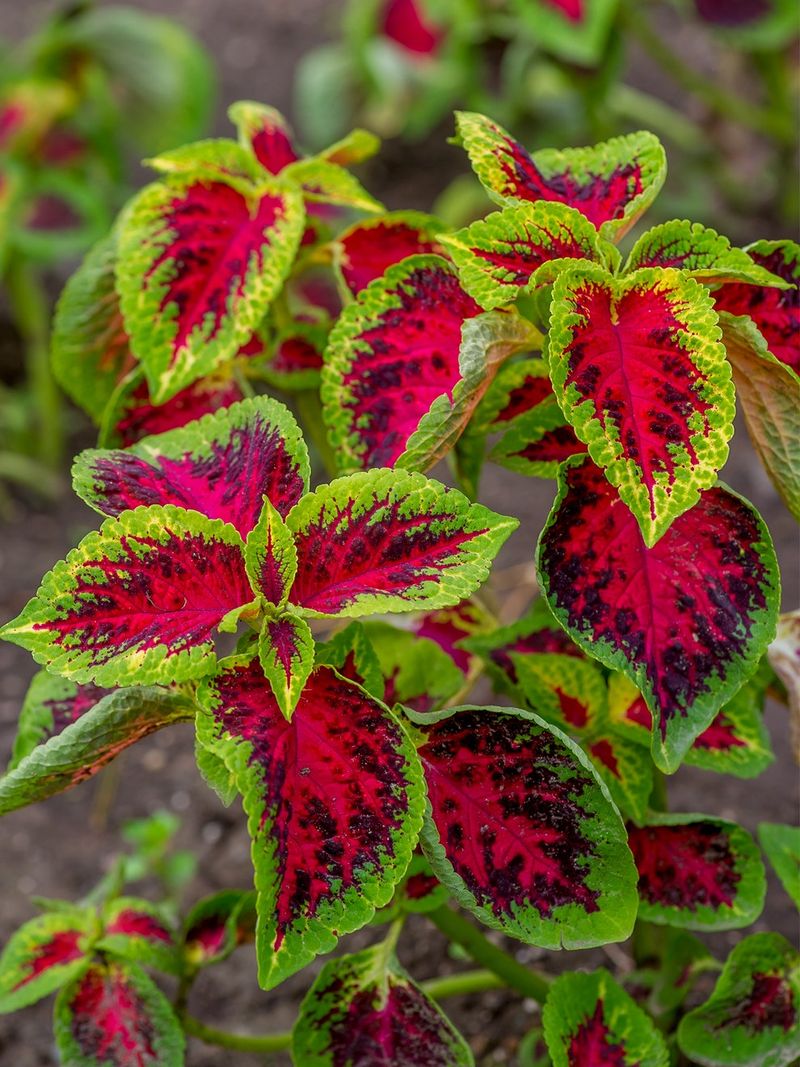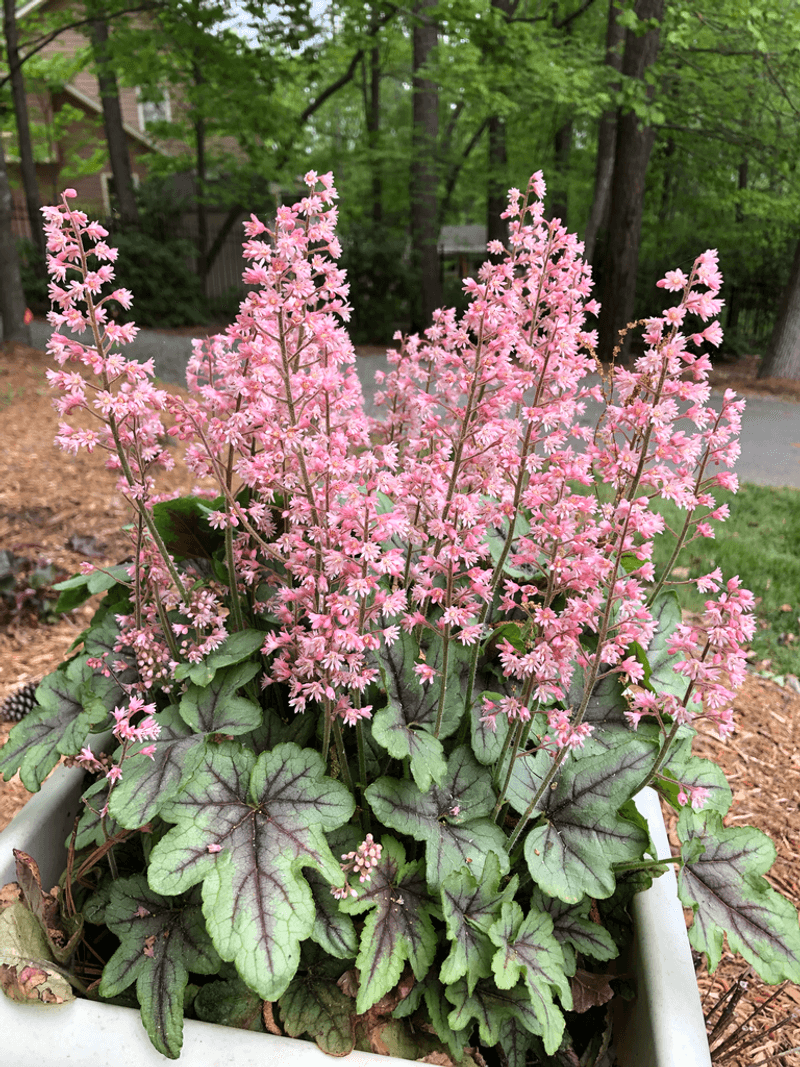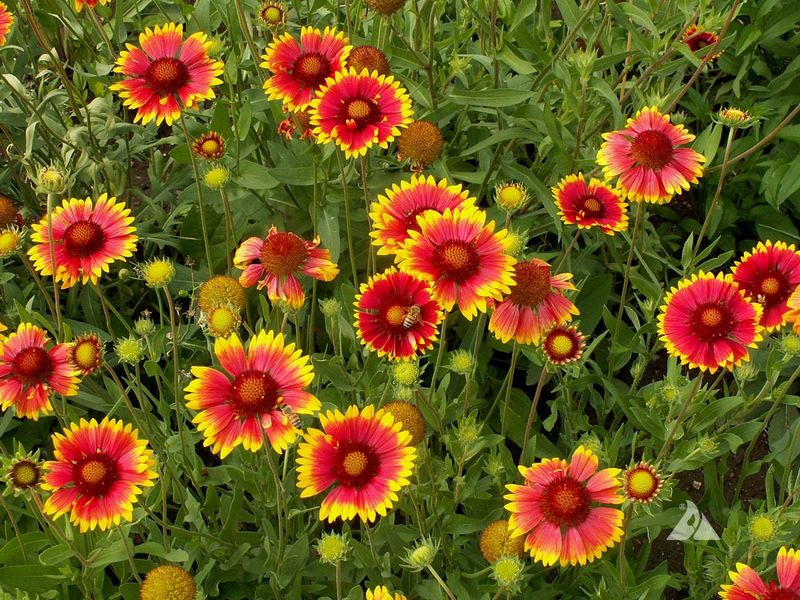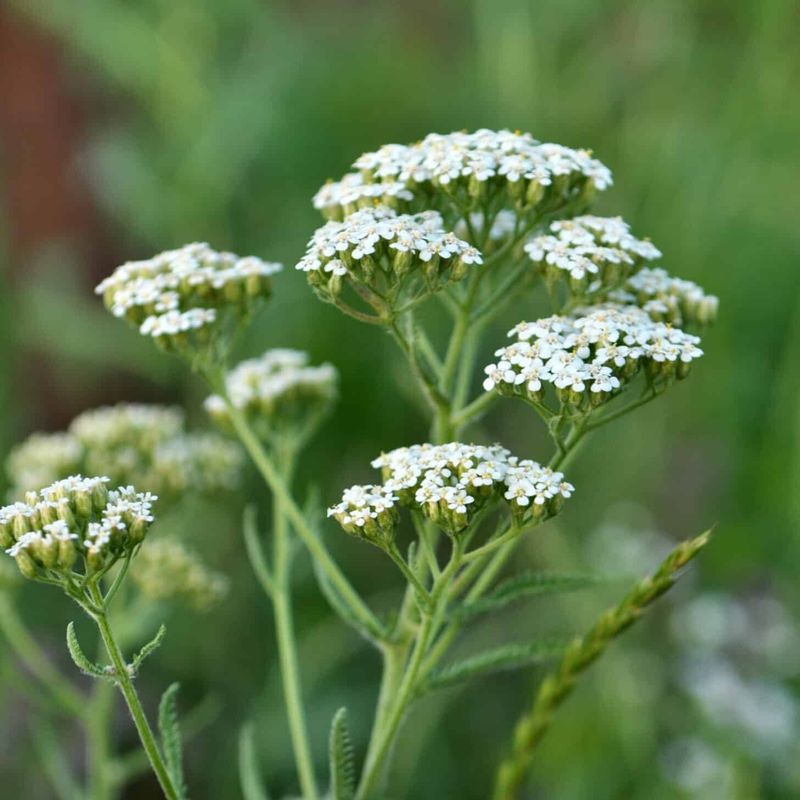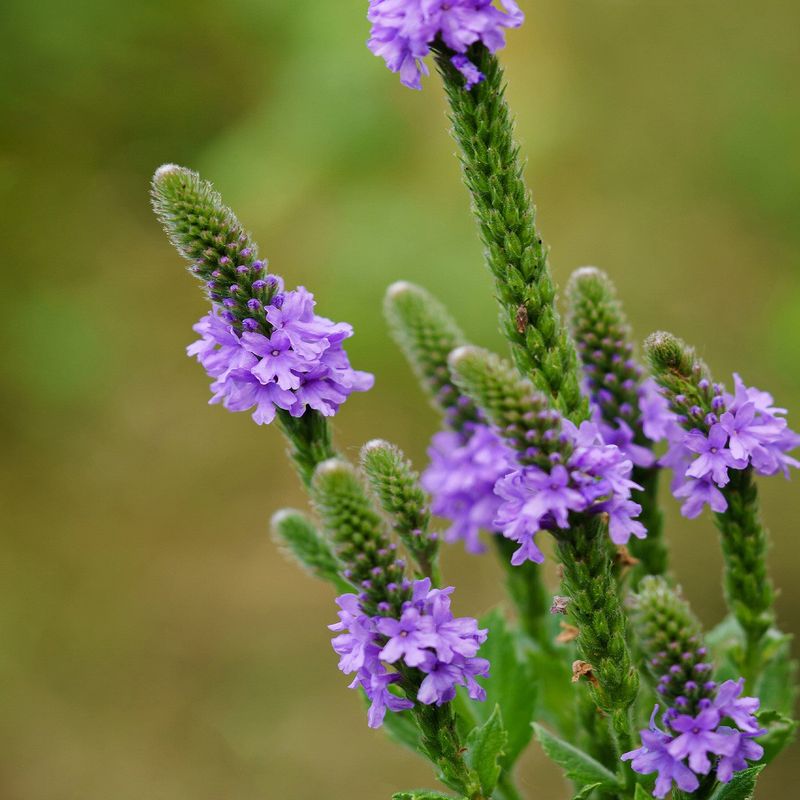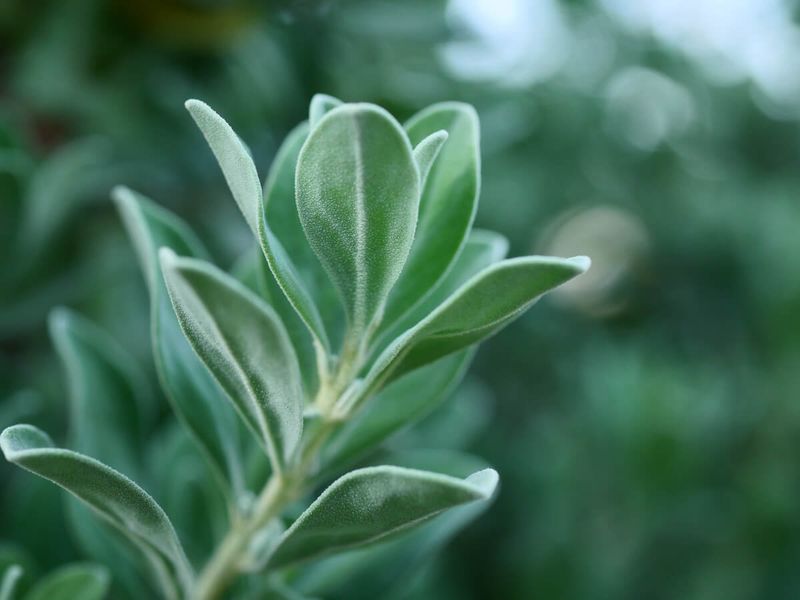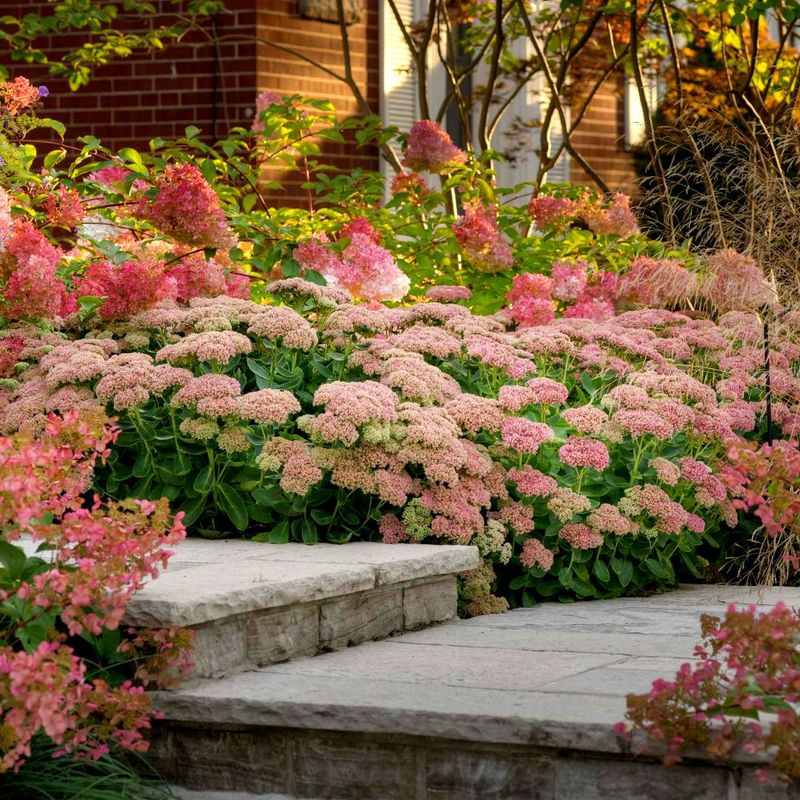As a gardening enthusiast, I’m always hunting for plants that not only splash my garden with color but also bring a little joy to my day.
I remember the first time I swapped marigolds for something new. Suddenly, my garden felt like it had a personality! From fresh blooms to quirky shapes, there’s a whole world of alternatives out there.
So, let’s explore these fun options together. Trust me, some of these plants might even make you forget you ever loved marigolds (well, almost).
1. Zinnias
Bursting with color, these flowers have the magic to brighten any day. Zinnias come in a rainbow of shades that can cheer up the saddest patches of earth.
Switch out marigolds for zinnias, and you won’t miss a beat in terms of color and charm. Their petals stand firm, resisting the elements with grace, making zinnias a tough contender in any weather.
Additionally, they attract butterflies, adding more life to your garden. With minimal care, they flourish, making them perfect companions for lazy gardeners like me.
2. Calendula
Imagine sunlit blooms that also offer herbal benefits. Calendula is not just a pretty face; it’s a plant with purpose.
Known for its medicinal properties, it can heal skin irritations while adding color to your garden. These flowers make a delightful tea, bringing the garden’s essence right to your cup.
Ditch the marigolds for calendula if you crave a plant that does more than just sit pretty. They require little attention and bounce back after a rain, making them wonderfully resilient.
3. Cosmos
Cosmos flowers have become one of my garden favorites, offering effortless beauty with a touch of whimsy. Their tall, slender stems and delicate petals bring a romantic vibe to any space.
I love how easy they are to grow. Once planted, they reseed year after year, filling my garden with their charm. Plus, they attract buzzing bees, making the garden feel alive.
They’re like the light-hearted cousins of marigolds, adding style without the fuss. Honestly, I can’t imagine my garden without them. They bring such a lovely vibe to the space.
4. Nasturtiums
Spicy and sweet, these are the rebels of the garden world. Nasturtiums bring fiery hues and edible leaves to the table, offering both aesthetics and culinary uses.
These plants thrive where others falter, making them an excellent marigold replacement. Their peppery taste adds a zing to salads, while their colors cheer up pathways and pots.
Plus, they deter pests naturally, reducing the need for chemical interventions in your garden.
5. Snapdragons
With faces like fairytale dragons, snapdragons capture the imagination and bring a sense of nostalgia. They grow tall and proud, creating a stunning visual effect.
Snapdragons are an ideal swap for marigolds with their varied palette and unique shapes. Kids love them for their ‘snapping’ petals, adding a playful element to gardening.
They thrive in cool weather, making them a perfect choice for extending your flowering season into early spring and late fall.
6. Petunias
Graceful and flowing, petunias are the gentle giants of the flower world. Their cascading blooms spill over pots and baskets, creating a waterfall of color.
As an alternative to marigolds, petunias offer a wide variety of colors and patterns, ensuring your garden stays lively.
With their subtle fragrance and fuss-free nature, they adapt to most spaces, making them a versatile choice for both hanging baskets and garden beds.
7. Sunflowers
Nothing says joy like a sunflower towering overhead. These giants command attention with their cheerful disposition and sturdy stems.
Opt for sunflowers if you’re looking for a statement piece to replace marigolds in your garden. Their seeds are a bonus for both humans and birds, adding an element of utility.
Easy to grow, they require minimal care once established and can withstand drought, making them a strong, beautiful alternative.
8. Geraniums
Geraniums are a garden’s burst of color and resilience. I’ve found they’re the perfect substitute for marigolds, with their long-lasting blooms and variety of colors.
These flowers thrive through changing weather, making them ideal for almost any climate. Whether planted in garden beds or pots, geraniums offer timeless beauty and a touch of classic charm.
What I love most is how easy they are to maintain while still adding that cheerful vibe. If you’re looking for flowers that can stand the test of time and weather, geraniums will never disappoint.
9. Lantana
As if painted by nature’s brush, lantana bursts forth with clusters of tiny, multi-colored blooms. They bring a tropical feel to gardens everywhere.
When seeking a low-maintenance marigold alternative, lantana is a winner. Their flowers change color as they mature, providing an ever-evolving display.
Lantanas are hardy and drought-resistant, ideal for gardeners who want beauty without constant care.
10. Lavender
Endless purple waves and a scent that calms the soul, lavender is a feast for the senses. Its fragrance is renowned for relaxation.
Replace marigolds with lavender if you desire a garden that appeals to both sight and smell. Besides its beauty, lavender is perfect for crafting scented sachets or essential oils.
It thrives in sunny spots and requires little maintenance, making it a gardener’s dream.
11. Dahlias
The artistry of dahlias is in their petals, which unfold in intricate spirals. They bring a touch of elegance and drama to any garden.
Dahlias are a fantastic marigold alternative for those looking to add sophistication. They come in a myriad of shapes and sizes, creating a diverse tapestry of form and color.
Though they require a bit more attention, their stunning display is worth the effort and patience.
12. Begonias
Begonias are the unsung heroes of the garden, thriving in the spots other plants often avoid. If you’re looking for a marigold alternative that can handle less sun, begonias are the your choice.
They offer long-lasting color and are tough enough to handle humid conditions. Even when they’re not in bloom, their unique, textured leaves bring a new level of interest to the garden.
Whether tucked in the shade or displayed in pots, begonias are versatile and never fail to add charm to any space.
13. Asters
Asters have become a standout in my garden, like little stars lighting up the late season. Their daisy-like blooms bring a classic charm that never goes out of style.
After swapping marigolds for asters, I’ve noticed how they bloom well into fall, providing a burst of color when everything else starts to fade. They’re easy to grow, and I love how they attract pollinators, too.
Best of all, they require minimal effort, making them perfect for effortless beauty. If you’re looking for a plant that adds a little extra sparkle, asters are the way to go.
14. Impatiens
Impatiens are the true masters of the shade in my garden, effortlessly covering the ground with a quilt-like display of color.
When marigolds aren’t an option due to shady conditions, impatiens step in beautifully. They thrive even with minimal care, offering continuous blooms that brighten up the darkest corners.
Their soft petals and bold colors add a touch of warmth, transforming any cool spot into a lively, inviting space. If you’re struggling with low light and need a reliable bloom, impatiens are the perfect solution.
15. Roses
Iconic and timeless, roses carry an air of romance and sophistication. They have been adored for centuries and continue to symbolize beauty.
Replace marigolds with roses if you’re after classic elegance and a wide array of colors. Though they require a bit more care, the reward is in their magnificent blooms and heavenly fragrance.
Whether in a dedicated rose garden or mixed borders, roses are a true statement.
16. Chrysanthemums
Chrysanthemums, or mums, are like autumn’s answer to the spring flowers I love. With their rich history and blooms, they’ve become a staple in my garden.
When marigolds start to fade, chrysanthemums step in with their late-season color, offering everything from pompon-style blooms to daisy-like flowers.
The diversity of their forms is endless, adding so much variety. I love that mums are hardy, able to withstand cooler temperatures, and thrive in fall gardens.
17. Sweet Alyssum
Sweet alyssum may be tiny, but they’re mighty in both beauty and fragrance. Their clusters of delicate flowers create a cloud-like effect, adding softness to any garden.
If you’re looking to replace marigolds, sweet alyssum offers a gentle touch. They work wonderfully as borders or ground covers, thriving in well-drained soil.
The honey-like scent they emit is an added bonus, drawing bees and beneficial insects to your garden. If you’re after a sweet-smelling plant, sweet alyssum is a perfect choice.
18. Pansies
Pansies are like the little artists of my garden, with their expressive faces and colors. After switching out marigolds, I found they bring a playful, cheerful touch to any space.
Their faces seem to smile up at me, adding a whimsical vibe to the garden. Pansies thrive in cooler temperatures, making them perfect for both spring and fall.
They’re also incredibly easy to manage. Just a little watering here and there, and they’re good to go. If you’re after a low-maintenance flower that adds personality, pansies are a colorful choice.
19. Salvia
As a beacon for pollinators, salvia stands tall and proud. Their spiky blooms are a favorite among hummingbirds and bees alike.
When considering alternatives to marigolds, salvia offers a striking vertical element. They thrive in sunny spots and need little maintenance once established.
With extended bloom times and a range of colors, salvia brings both beauty and ecological benefits to any garden.
20. Coneflowers
Sturdy and dependable, coneflowers grace gardens with their presence year after year. Their daisy-like blooms are hard to miss.
For a marigold swap, coneflowers offer enduring beauty and resilience. They attract butterflies and birds, enhancing your garden’s ecosystem.
Coneflowers are drought-tolerant and require minimal fuss, thriving even in poor soil conditions. Their striking form adds a sculptural element to garden beds.
21. Hostas
Lush foliage and a knack for shade make hostas a staple for many gardeners. Their leaves create a soothing backdrop.
If marigolds don’t suit your shaded garden, hostas offer an excellent leafy alternative. Though primarily grown for their foliage, they produce charming flowers that add a subtle beauty.
Hostas require minimal care, thriving with just a bit of watering and occasional fertilization, making them a worry-free option.
22. Fuchsias
Dangling like jewels, fuchsias bring exotic flair to any garden space. Their teardrop-shaped blooms are hard to ignore.
Choose fuchsias over marigolds if you desire a plant that thrives in partial shade and offers a touch of elegance. They add vertical interest and are loved by hummingbirds.
While they appreciate regular watering, their beauty compensates for any extra effort required, making them a delightful garden addition.
23. Black-eyed Susans
Black-eyed Susans are the life of my garden, with their yellow petals and dark centers. When I swapped marigolds for these beauties, I was amazed at how they immediately commanded attention.
They’re low-maintenance yet pack a serious punch of color, thriving in various conditions without much fuss. Plus, they attract butterflies, turning my garden into a mini wildlife haven.
If you want a flower that brings lasting color and joy, while supporting local pollinators, black-eyed Susans are the perfect choice for a lively garden.
24. Cornflowers
Cornflowers, with their enchanting blue petals, whisper tales of wildflower meadows and carefree summers. They are the dreamers of the flower world.
For those considering a marigold alternative, cornflowers offer a touch of rustic charm. They are easy to grow and perfect for cottage gardens or wildflower patches.
Their nectar-rich blooms attract pollinators, fostering a lively garden ecosystem. Low maintenance and striking, cornflowers are a charming choice.
25. Borage
Starry blue flowers and a knack for attracting bees, borage is a garden’s best friend. Its edible blooms bring color and flavor to the table.
Switch marigolds for borage if you’re looking for a plant that does double duty. Not only do they beautify your space, but they also enrich the soil.
Their leaves and flowers are edible, adding a cucumber-like taste to dishes. Borage is as functional as it is beautiful, making it a practical choice.
26. Coleus
With kaleidoscopic leaves, coleus transforms any garden into a tapestry of color. Their foliage is their crowning glory.
For those seeking a marigold alternative that thrives on shade, coleus is an excellent choice. They provide striking color with minimal blooms, focusing on leaves instead.
Coleus is easy to grow, requiring only occasional watering and pinching back to maintain its shape. Their dramatic foliage ensures your garden remains lively.
27. Heuchera
A splash of color and texture, heuchera plants bring an earthy artistry to garden beds. Their leaves create a mosaic of hues.
Consider heuchera as a marigold substitute if you’re interested in foliage with flair. They adapt well to various conditions, thriving in both sun and shade.
With minimal care, they add year-round interest, thanks to their evergreen nature. Their subtle flowers attract pollinators, enhancing your garden’s biodiversity.
28. Gaillardia
Known as the blanket flower, gaillardia wraps gardens in warmth with its sunny hues and intricate patterns. They are the storytellers of summer.
Opt for gaillardia over marigolds if you desire a plant that laughs in the face of drought. These flowers are tough yet beautiful, requiring little care once planted.
They bloom profusely, ensuring your garden stays colorful from summer to fall. Their presence is both hardy and heartwarming.
29. Yarrow
With yarrow, the garden becomes a tapestry of tiny blooms. Their clusters of flowers form a soft, almost whimsical carpet.
Replace marigolds with yarrow if you’re after a plant that combines beauty with utility. Known for its medicinal properties, yarrow can be used in herbal remedies.
It’s drought-resistant and thrives in poor soil, making it an ideal choice for low-maintenance gardening. Yarrow is as practical as it is pretty, a real garden gem.
30. Verbena
Cascading like a floral waterfall, verbena adds a touch of grace to any space. Their blooms are a sight to behold.
For a marigold alternative that offers both beauty and resilience, choose verbena. They love the sun and reward you with a long flowering season.
With their ability to thrive in dry conditions, verbena is perfect for sunny borders and hanging baskets. Their presence ensures a garden that’s both elegant and enduring.
31. Sage
Sage is a plant that brings both beauty and practicality to the garden, with its soft leaves and subtle flowers. If marigolds aren’t your style, sage offers a perfect alternative.
Not only do its aromatic leaves enhance your culinary creations, but its elegant flowers add visual charm as well. Sage thrives in sunny spots and requires minimal care, making it ideal for herb gardens.
Whether you’re after a functional plant or one that simply looks beautiful, sage effortlessly fills both roles in your garden.
32. Sedum
In the world of succulents, sedum stands out with its fleshy leaves and ability to thrive where others struggle. It’s a survivor.
For those considering a marigold alternative, sedum offers a unique texture and form. They are perfect for rock gardens and dry areas, requiring little water and care.
Sedum’s blooms add a touch of color, while their leaves provide year-round interest. Their resilience makes them ideal for gardeners seeking no-fuss options.

